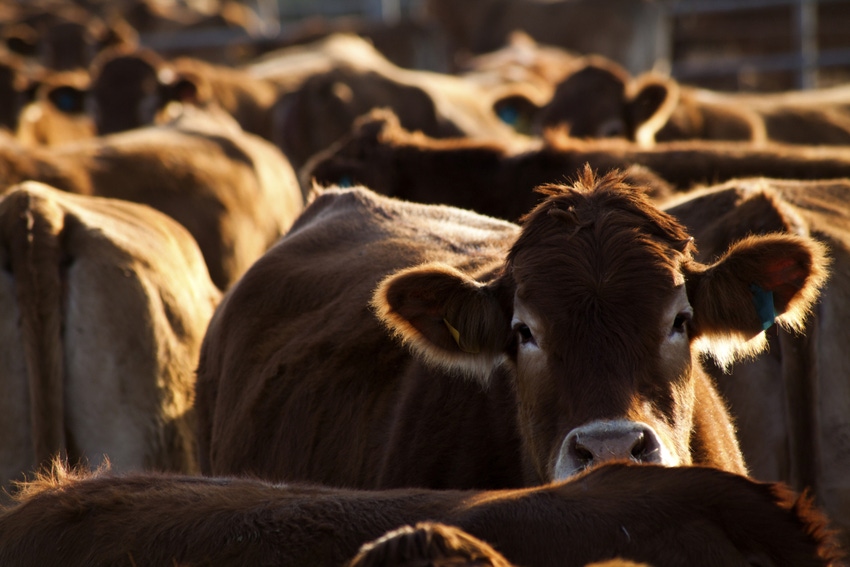Sectors in "uncharted territory" as beef and pork plants see varying degrees of impact.

In light of the recent meat plant closures due to COVID-19 and the potential for more closures, agricultural economists Glynn Tonsor and Lee Schulz recently hypothesized the impact of closures on both beef and hog prices.
A model formulated for the beef sector indicated that a 1% reduction in beef processing capacity corresponds with a 1.32% reduction in fed cattle prices. So, if the industry operates at 20% lower capacity rates, fed cattle prices would decline by 26.49%. However, Tonsor and Schulz noted that the extent to which these effects are “already priced” into the market were beyond the scope of the report. Still, they said the model “clearly demonstrates the economic importance of packing plant utilization on cattle prices.”
On the hog side, the economists noted that in a normal operating environment, current capacity would be sufficient in the near term, as the hog market is going into a period of time when slaughter levels seasonally decline. However, they said a significant threat exists to slaughter capacity if labor for pork packing, processing and shipping are directly affected by COVID-19.
“The industry does not have excess hog slaughter capacity -- a cushion, so to speak -- that could absorb production if a packing plant(s) were to slow down operations or go idle for a period of time,” they said.
Their model indicated that a 1% reduction in pork packing capacity corresponds with a 1.82% reduction in hog prices. Using the hypothetical scenario of pork slaughter operating at 20% lower capacity, Tonsor and Schulz anticipate that hog prices would decline by 36.35%.
“Again, the degree to which this may be already priced into the market is unknown,” they added.
Steiner Consulting Group (SCG) noted in the “Daily Livestock Report” that while Smithfield announcing the closure of its Sioux Falls, S.D., plant is a major issue for hog producers who normally send hogs to the plant, “it should be possible, with current available capacity, to continue to process hogs at other facilities.”
The challenge, SCG said, is that other plants are also facing increasing concerns related to their employees' health and the need to do more cleaning, health checks, social distancing, etc.
“Labor was a challenge for packers before this novel coronavirus hit; it is a much bigger issue now," the firm said. "Rising rates of absenteeism have been noted by many that we talk to. Ramping up to address this capacity hole is now more difficult.”
Further, SCG said the collapse in pork cutout values has also removed the profit incentive, as pork packer margins have all but disappeared. “More importantly, there is no guarantee that other plants will not be affected,” SCG pointed out.
Tonsor and Schulz said while it is beyond their ability to project the likelihood, duration and extent of packing plants having to operate at reduced levels, “the entire industry is operating in uncharted territory.”
“Each day, more is learned about COVID-19 and its impact on the human condition and the economy. With the benefit of more knowledge, the livestock industries are becoming better equipped to address the impacts while preparing for a return to a ‘normal’ operating environment,” they said.
About the Author(s)
You May Also Like




.png?width=300&auto=webp&quality=80&disable=upscale)
